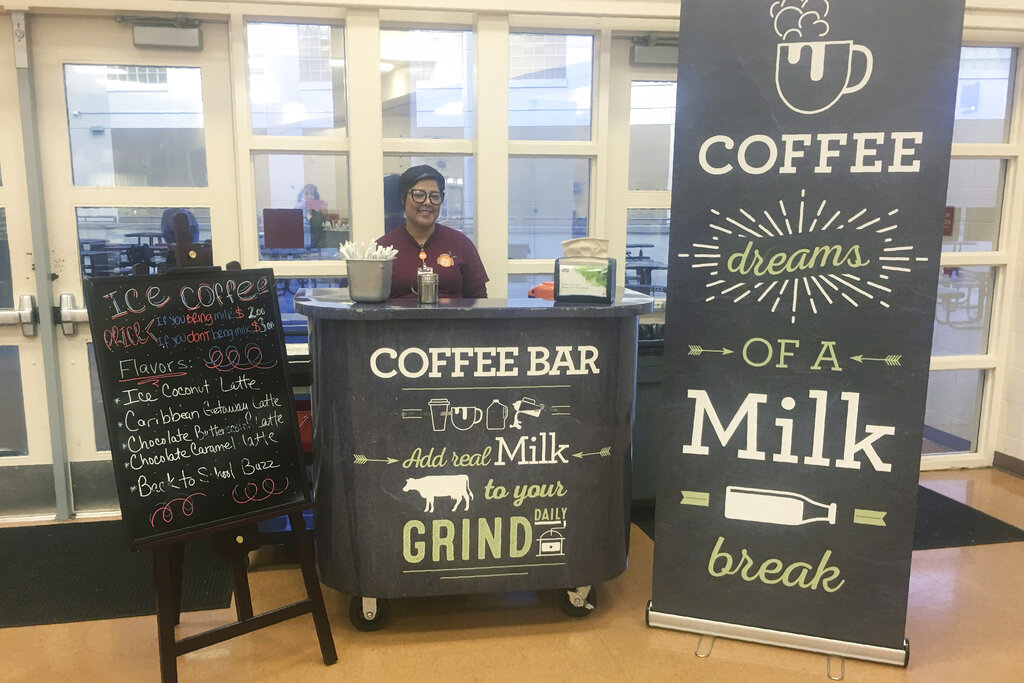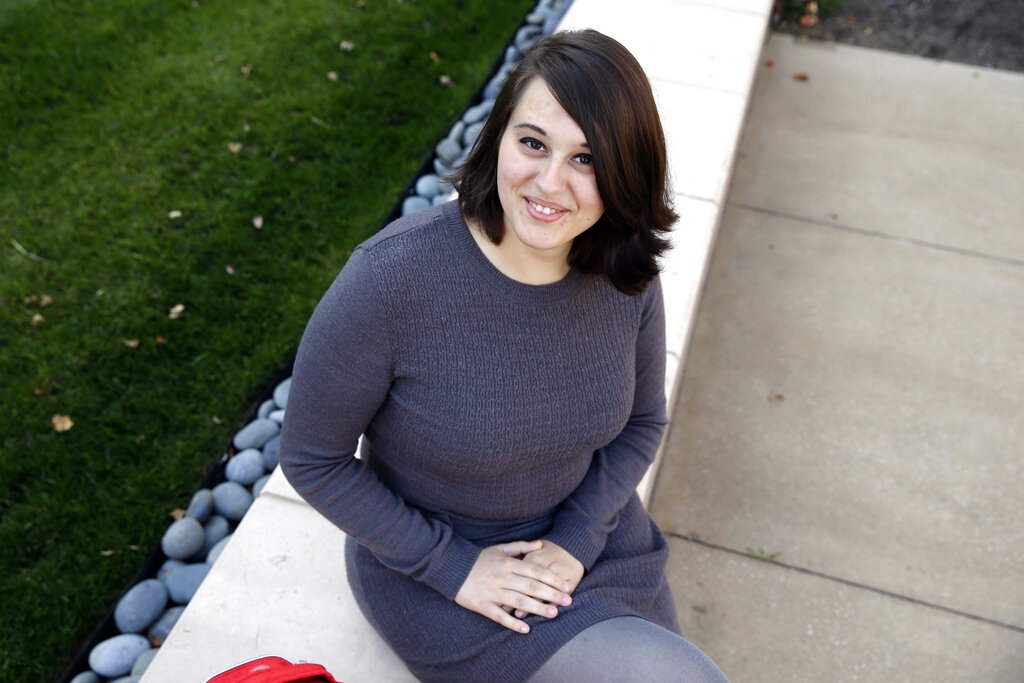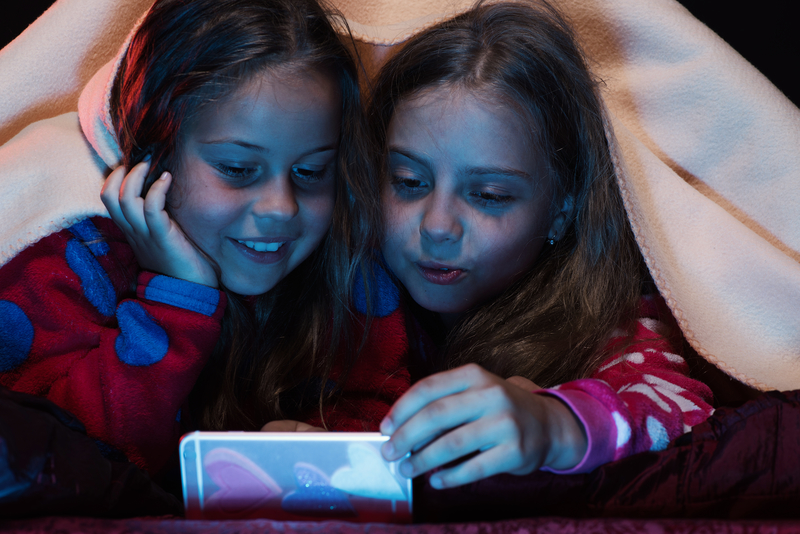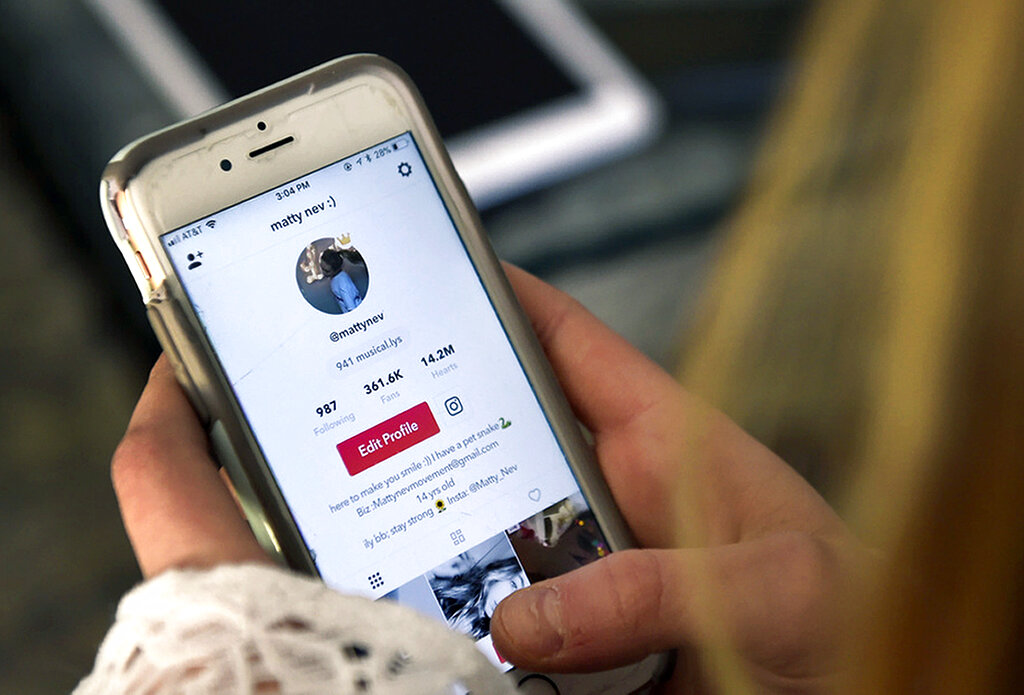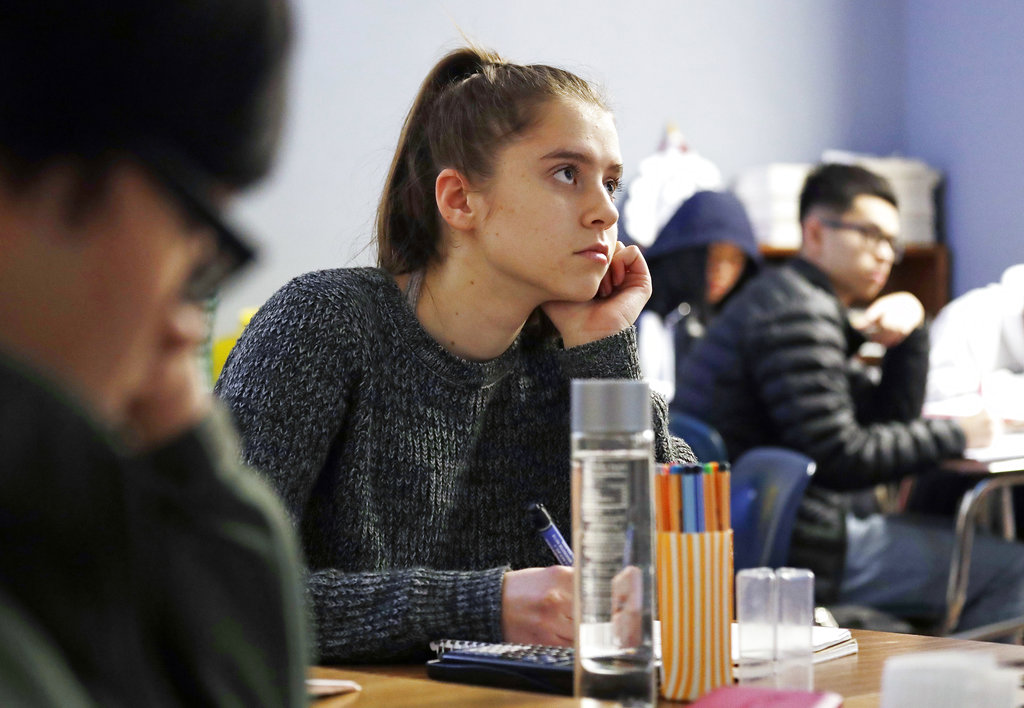By CANDICE CHOI AP Food & Health Writer NEW YORK (AP) — Coffee bars selling $3 iced...
Teens
By MARILYNN MARCHIONE AP Chief Medical Writer Teens who have obesity surgery lose as much weight as...
Amber and Sara are talking about the dangers that can face kids who have free reign on...
By MATT O’BRIEN , AP Technology Writer The operator of a video-sharing app popular with teenagers agreed to...
By CARLA K. JOHNSON, AP Medical Writer SEATTLE (AP) — High school students are getting more sleep in...


